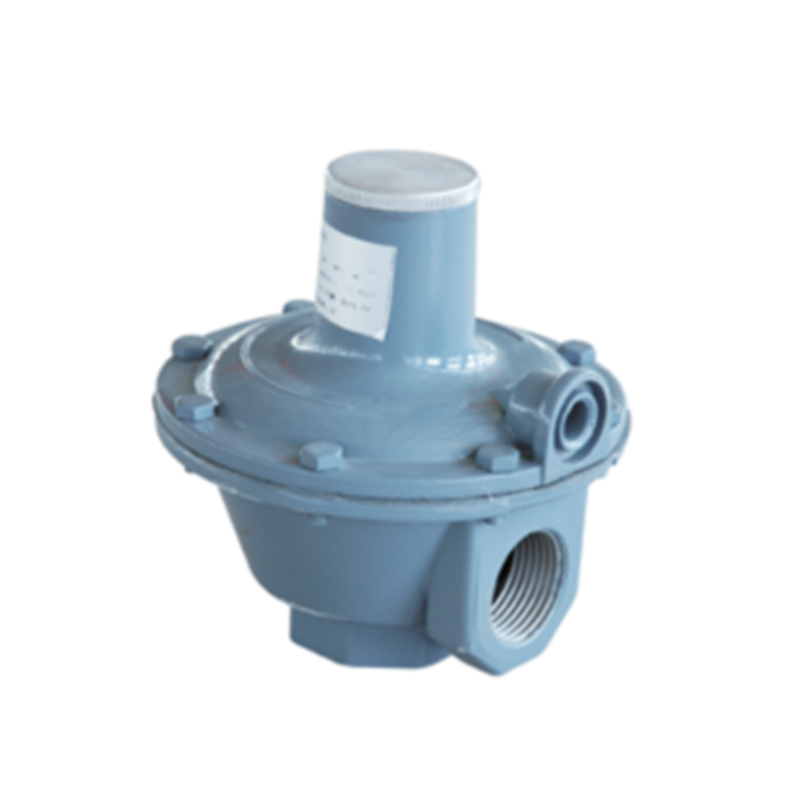
9 月 . 25, 2024 04:32
Back to list
Gas Pressure Regulator Efficiency and Applications for Optimal Performance
Understanding Gas Regulating Devices
Gas regulating devices, also known as gas pressure regulators, play a crucial role in various industries, as well as in residential settings. These devices ensure that the pressure of gas supplied to appliances or equipment is maintained at a safe and usable level. Let's delve into the importance, functionality, and applications of gas regulators.
Importance of Gas Pressure Regulators
The primary function of a gas pressure regulator is to control the pressure of gas from a storage tank or pipeline before it reaches an appliance or system. Gas often comes from the source at very high pressures, which can be dangerous and unsuitable for many applications. Without a regulator, appliances such as stoves, heaters, and industrial equipment could be damaged or may pose safety risks, including leaks or explosions.
Regulators are designed to reduce the incoming gas pressure to a specific, predetermined value, ensuring consistent and safe operation. This is essential not only for the safety of the equipment but also for the safety of users.
.
Gas regulators operate based on principles of pressure reduction. They typically consist of a body that houses various components a diaphragm, a spring, an adjusting screw, and inlet and outlet ports. As gas enters the regulator, it exerts pressure on the diaphragm. This movement adjusts the valve position, allowing only the desired amount of gas to pass through.
منظم ضغط الغاز

When the pressure on the downstream side (the side of the appliance receiving the gas) drops, the diaphragm moves, opening the valve wider to increase the gas flow. Conversely, if the pressure on the downstream side increases, the diaphragm closes the valve slightly to reduce flow. This automatic adjustment helps maintain a steady pressure, adapting to varying demands from the gas appliances.
Applications of Gas Regulators
Gas regulators are used in a variety of applications across different sectors. In residential settings, they are commonly found in gas supply lines for furnaces, water heaters, and cooking appliances. In commercial and industrial environments, larger regulators are utilized for processes involving gas combustion, including manufacturing and power generation.
Additionally, gas regulators are used in specialty applications, such as medical gas delivery systems in hospitals or laboratories. Here, precise pressure control is essential to ensure patient safety and equipment efficiency.
Conclusion
In summary, gas pressure regulators are vital devices that ensure the safe and efficient use of gas in numerous applications. By controlling the gas pressure, they protect equipment, enhance safety, and ensure optimal performance. As technology advances, regulators continue to evolve, incorporating smarter features for better monitoring and control, thereby solidifying their importance in modern gas systems.
Latest news
-
Unlocking The Quality Gas Pressure ReducersNewsNov.01,2024
-
The Role of Gas Pressure Reducing StationsNewsNov.01,2024
-
The Importance and Functionality of Safety Relief ValvesNewsNov.01,2024
-
The Essential Role of Safety Valves in Natural Gas ApplicationsNewsNov.01,2024
-
The Essential Role of Gas Pressure RegulatorsNewsNov.01,2024
-
Enhance Your Premium Gas FiltersNewsNov.01,2024

